What to do in Poussan ? Five ideas for outings in this village in the Thau basin
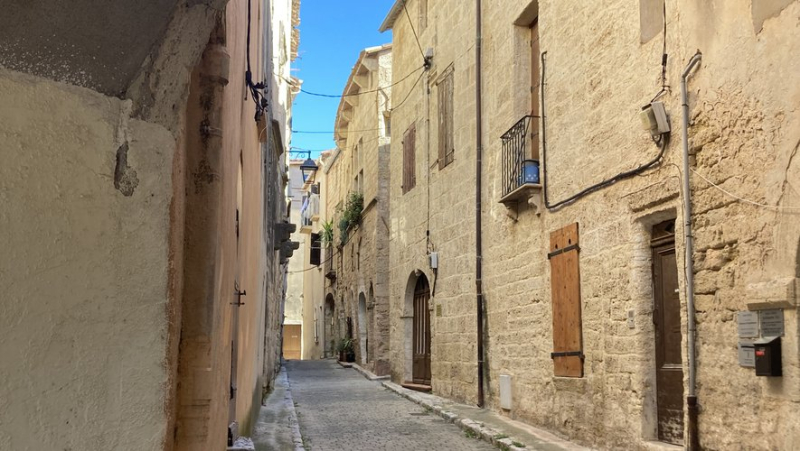
Le centre de Poussan est resserré autour de ses vieilles façades. MIDI LIBRE – PHILIPPE MALRIC
Poussan developed right next to the Via Domitia, the great Roman road. The village even bears a variation of Porcius, the owner of one of the great Roman estates. Built in a circular shape, Poussan offers many beautiful facades in its center with its welcome coolness.
1. One of the most precise sundials in France
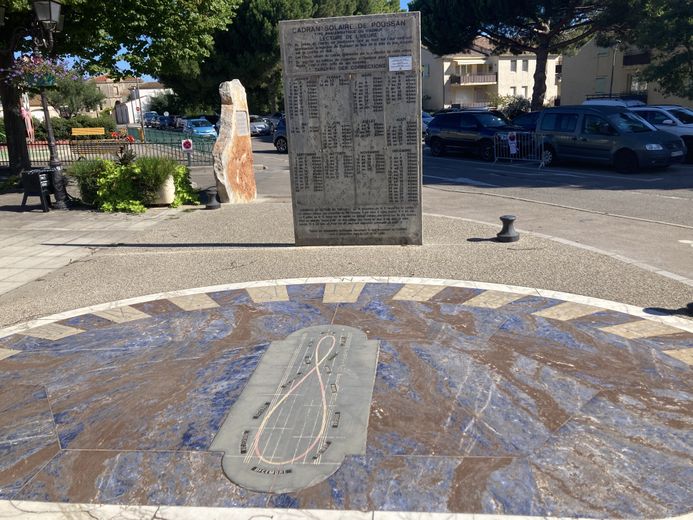
It is located on the town hall square. MIDI LIBRE – PHILIPPE MALRIC
Created about fifteen years ago by the passionate (and fascinating) Rogert Tognetti, the horizontal sundial on the town hall square is definitely worth a visit. Not only because of the various types and origins of the stones used (the table is made of blue sidolite, a semi-precious stone from Bolivia, the central part is made of slate from the Pyrenees and the outline of the ellipse is made of Carrara marble, the hours are marked on yellow Jerusalem stone) but also because of the precision of its measurements. It is, in fact, accurate to within a minute and a half. Depending on the time of year, the user, who thus becomes the hand of the dial, stands at a specific location and can thus see the time. A vertical stone located in front of the dial gives all the steps to follow to understand how to use it. In short, astronomy through play.
2. The market halls, witness to a certain idea of architecture
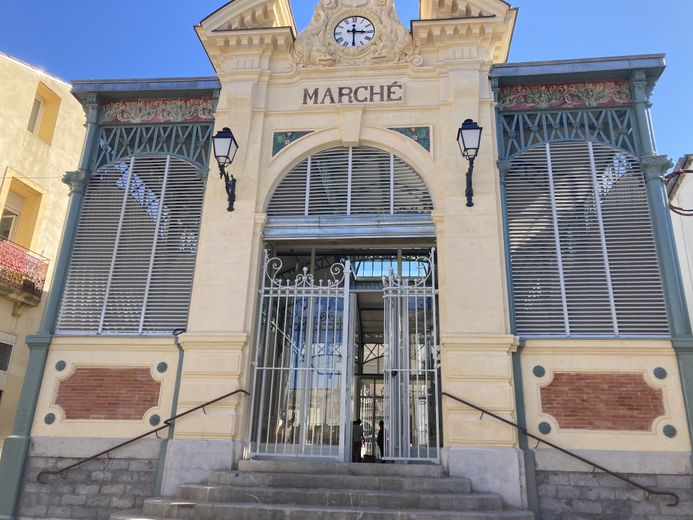
They open every Tuesday morning. MIDI LIBRE – PHILIPPE MALRIC
Iron structures, following the construction of the Eiffel Tower, were particularly fashionable at the end of the 19th century. Thus in 1905, Poussan followed suit by asking the architect Jarre to copy the so-called Baltard market halls built in Sète in 1889. This covered market in Sète disappeared in the 1970s to become the current building. Construction was completed in 1907. In terms of architecture, there is a framework of iron beams resting on cast iron pillars and supporting a zinc roof. The openwork walls rest on brick walls. The market halls open their doors every Tuesday morning.
3. The city with three castles
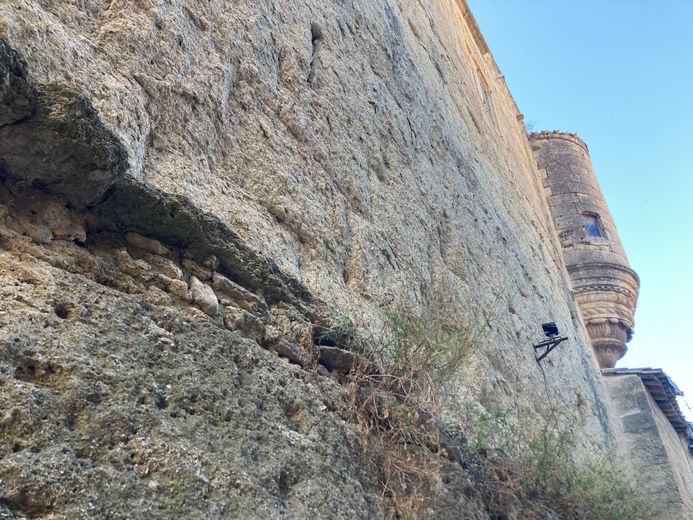
The castle of Montlaur is the oldest. MIDI LIBRE – PHILIPPE MALRIC
This is one of the particularities of the commune. Poussan has, in fact, no less than three castles. The oldest (our photo), at the very top of the village, is that of Montlaur. This building, built on a U-shaped plan, dates from the 12th century. The corner turrets or pepper pots seem to date from the 17th century. Today, in the right wing we find a vaulted room that the St Charles sisters converted into a chapel in the 19th century. The second, a few streets further down, is the Malbois castle, the construction of which began in the 14th century. Note that the Vinas room (15th century) has a remarkably well-preserved painted wooden coffered ceiling. Finally, on the outside of the city, one can also discover the Château de la Garenne (end of the 12th century), its façade presents a central body framed by two higher massifs evoking towers.
4. The 14th century presbytery and its Gothic façade
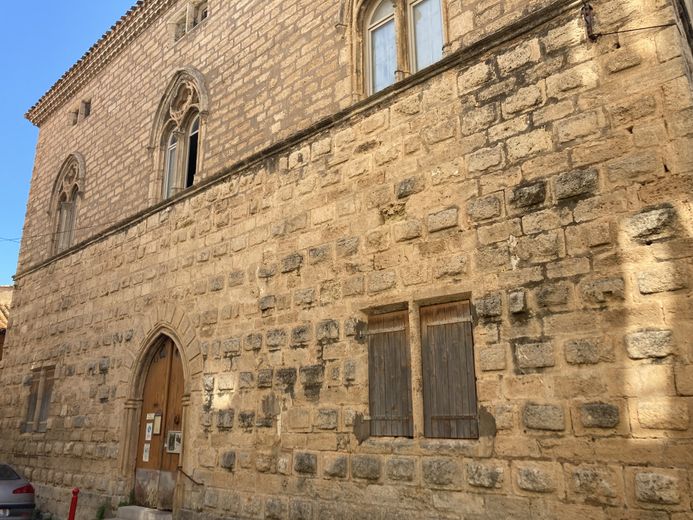
It is listed in the inventory of historical monuments. MIDI LIBRE – PHILIPPE MALRIC
Listed in the inventory of historic buildings, the presbytery is a Gothic-style building. It was built between 1333 and 1343. Originally, it was a Benedictine priory, the building was rebuilt between 1861 and 1863 with demolition materials but was not rebuilt identically. The ground floor included several rooms including a kitchen and a jarrier, that is to say a storeroom intended to store the jars of oil or wine that the Benedictines received in payment of the tithe.
5. When millstones grow in the scrubland

Millstones have long made Poussan's reputation. MIDI LIBRE – PHILIPPE MALRIC
It was one of the arguments of the city of Poussan during the Middle Ages and after. Thanks to the nearby Onglous and Valaury quarries, the village had become a specialist in the manufacture of millstones for the region's mills. In 1864, they were sold up to 60 km from the village. When walking around the area, once the intense heat has passed, you can still see fragments among the coppices of kermes oaks in the scrubland.
It should be noted that the surroundings of Poussan also have superb examples of capitelles, these shelters for the banks, built of dry stone.




